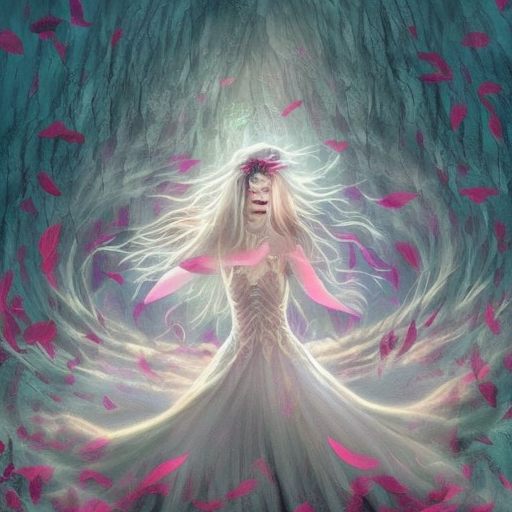Pan’s Labyrinth by Guillermo del Toro: A Dark Fairy Tale of Hope and Imagination
Main Cast and Crew:
- Director: Guillermo del Toro
- Writer: Guillermo del Toro
- Main Actors: Ivana Baquero as Ofelia, Sergi López as Captain Vidal, Maribel Verdú as Mercedes, Doug Jones as the Faun and the Pale Man
- Music Director: Javier Navarrete
- Director of Photography: Guillermo Navarro
- Producers: Guillermo del Toro, Bertha Navarro, Alfonso Cuarón, Frida Torresblanco
Pan’s Labyrinth is a visually stunning and emotionally gripping Spanish-language film directed by Guillermo del Toro. Set in post-Civil War Spain in 1944, the movie weaves together the harsh realities of war with a dark and enchanting fairy tale.
The story revolves around Ofelia, a young girl who escapes the horrors of her stepfather, Captain Vidal, by immersing herself in a mythical labyrinth. Guided by a mysterious faun, Ofelia embarks on a series of tasks to prove her worth as the long-lost princess of the underworld.
As the war rages on, Ofelia’s world becomes increasingly intertwined with the brutal reality of her surroundings. Her mother, Carmen, is pregnant with Vidal’s child, and Mercedes, a housekeeper sympathetic to the rebels, secretly aids Ofelia. The tension between the magical and the mundane reaches its climax when Ofelia must make a heartbreaking choice between her real and imagined worlds.
Central Themes and Motifs:
Del Toro masterfully explores the themes of escapism, imagination, and the power of storytelling in Pan’s Labyrinth. Ofelia’s journey into the labyrinth represents her desire to escape the horrors of war and find solace in a world of magic and wonder. The film delves into the transformative power of imagination, highlighting how it can provide hope and resilience in the face of adversity.
Another central theme is the loss of innocence. Ofelia’s innocence is gradually shattered as she confronts the harsh realities of war and the cruelty of Captain Vidal. The film juxtaposes the innocence of childhood with the brutality of adulthood, emphasizing the devastating impact of violence on the young.
Reception and Legacy:
Upon its release, Pan’s Labyrinth received critical acclaim for its captivating storytelling, stunning visuals, and powerful performances. It won three Academy Awards, including Best Cinematography, Best Art Direction, and Best Makeup, and was nominated for Best Original Screenplay. The film’s success solidified Guillermo del Toro’s reputation as a visionary director.
Pan’s Labyrinth has had a lasting impact on cinema, inspiring filmmakers and captivating audiences worldwide. Its unique blend of fantasy and reality, coupled with its exploration of complex themes, has made it a modern classic. The film’s influence can be seen in subsequent works that blend genres and explore the depths of the human imagination.
Recommendation:
Pan’s Labyrinth is a must-watch for those who appreciate visually stunning and thought-provoking cinema. Guillermo del Toro’s masterful storytelling and the film’s rich symbolism make it a captivating experience. However, it is important to note that the movie contains scenes of violence and mature themes, making it unsuitable for younger viewers.
Memorable Quote:
“A long time ago, in the underground realm, where there are no lies or pain, there lived a princess who dreamt of the human world. She dreamt of blue skies, soft breeze, and sunshine. One day, eluding her keepers, the princess escaped. Once outside, the brightness blinded her and erased every trace of the past from her memory. She forgot who she was and where she came from.”
These opening lines set the tone for the film, immersing the audience in a world where reality and fantasy intertwine, and reminding us of the power of imagination to transcend the darkest of realities.












